Architecture profoundly shapes our experiences of cities, creating environments that can captivate, inspire, and transport us. Some cities have developed such distinctive and impressive architectural identities that wandering their streets becomes an all-consuming experience.
Here is a list of 20 cities where the architecture is so captivating that you may spend your entire visit gazing at buildings rather than checking off other tourist activities.
Barcelona, Spain

Barcelona’s streets showcase Antoni Gaudí’s otherworldly creations that defy conventional design principles. The undulating facades of Casa Batlló and Casa Milà appear almost liquid. At the same time, the intricate details and biomorphic forms of Sagrada Familia continue to astound visitors even after more than a century of construction.
Walking through the city feels like stepping into an artist’s imagination made concrete, with surprises waiting around every corner.
Chicago, USA
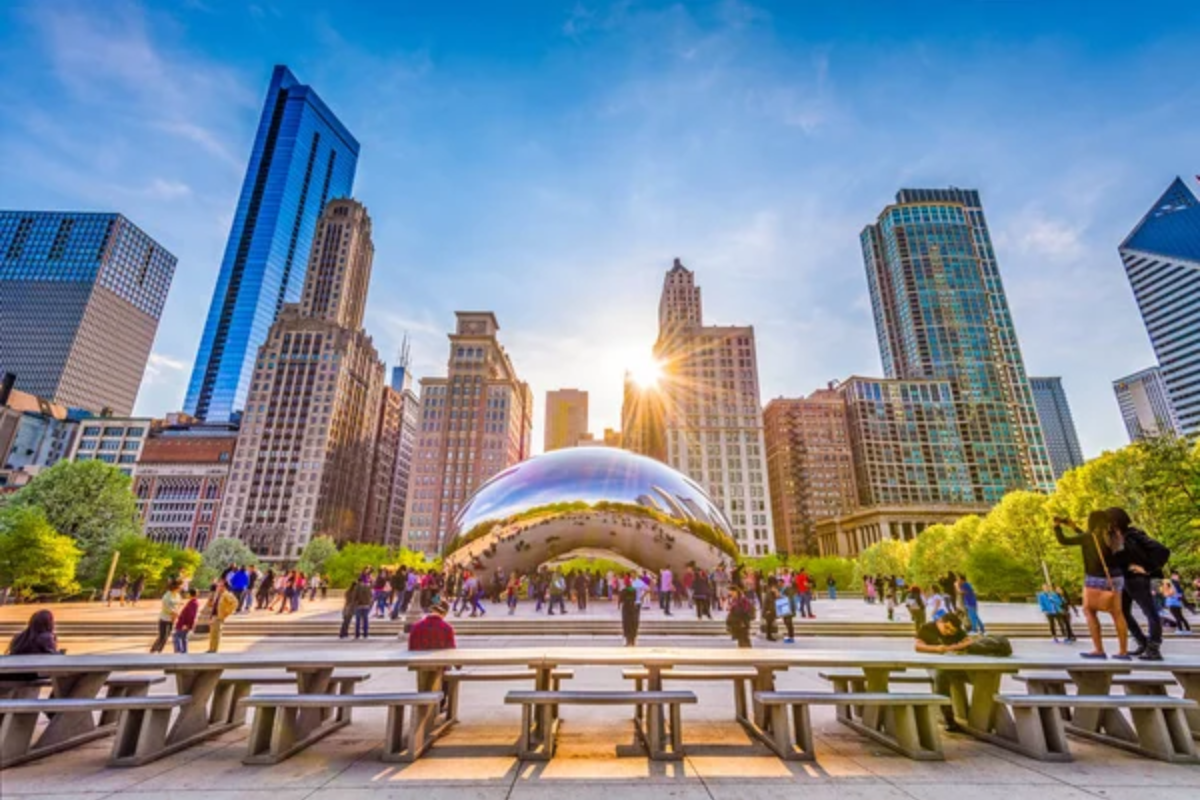
Chicago was reborn after the Great Fire of 1871 to become America’s laboratory for architectural innovation. The city pioneered the skyscraper and boasts an outdoor museum of buildings by legends like Louis Sullivan, Frank Lloyd Wright, and Mies van der Rohe.
The diverse styles—from the neo-Gothic Tribune Tower to the mid-century modernist Federal Center—create a timeline of architectural evolution visible within a few miles of downtown.
Like Travel Pug’s content? Follow us on MSN.
Kyoto, Japan
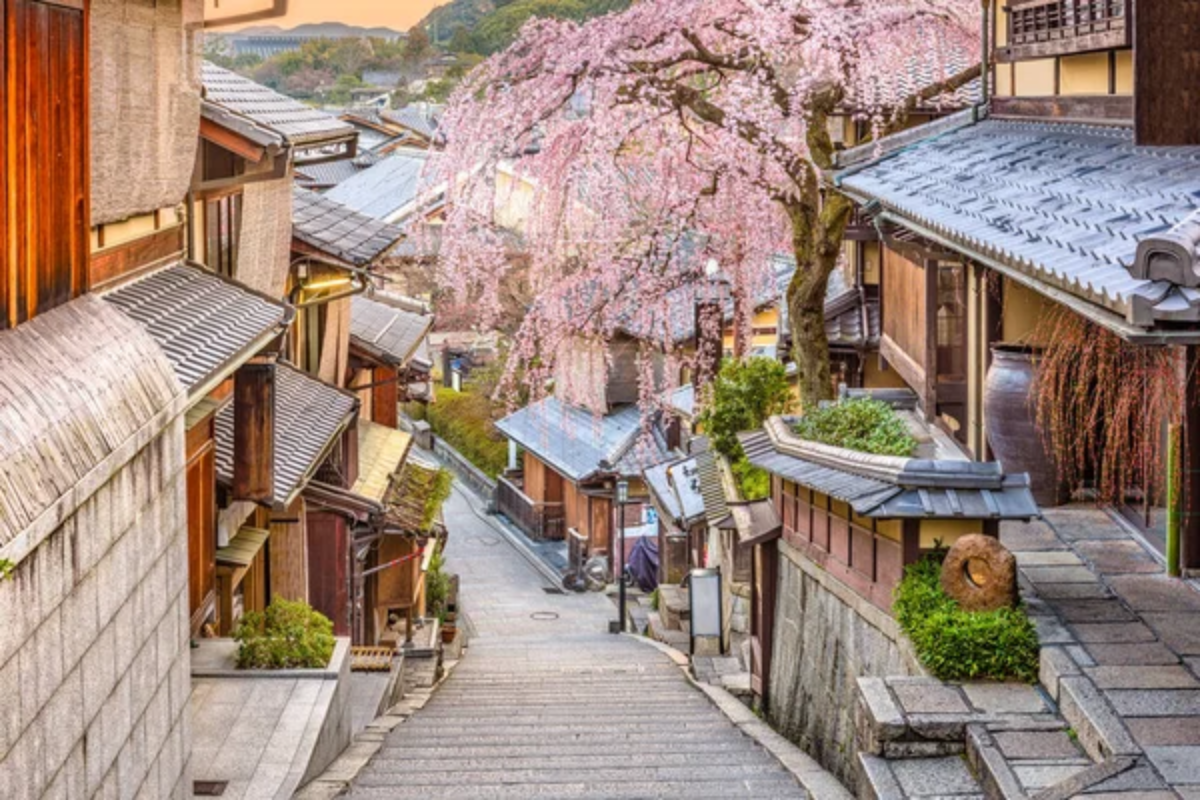
Kyoto’s traditional architecture presents a masterclass in refined simplicity and harmony with nature. Centuries-old wooden temples like Kinkaku-ji and Ryoan-ji sit in perfect balance with meticulously designed gardens, while machiya townhouses line narrow streets with their elegant latticed facades.
The city’s reverence for traditional building techniques has preserved an architectural aesthetic that feels increasingly precious in our modern world.
Prague, Czech Republic
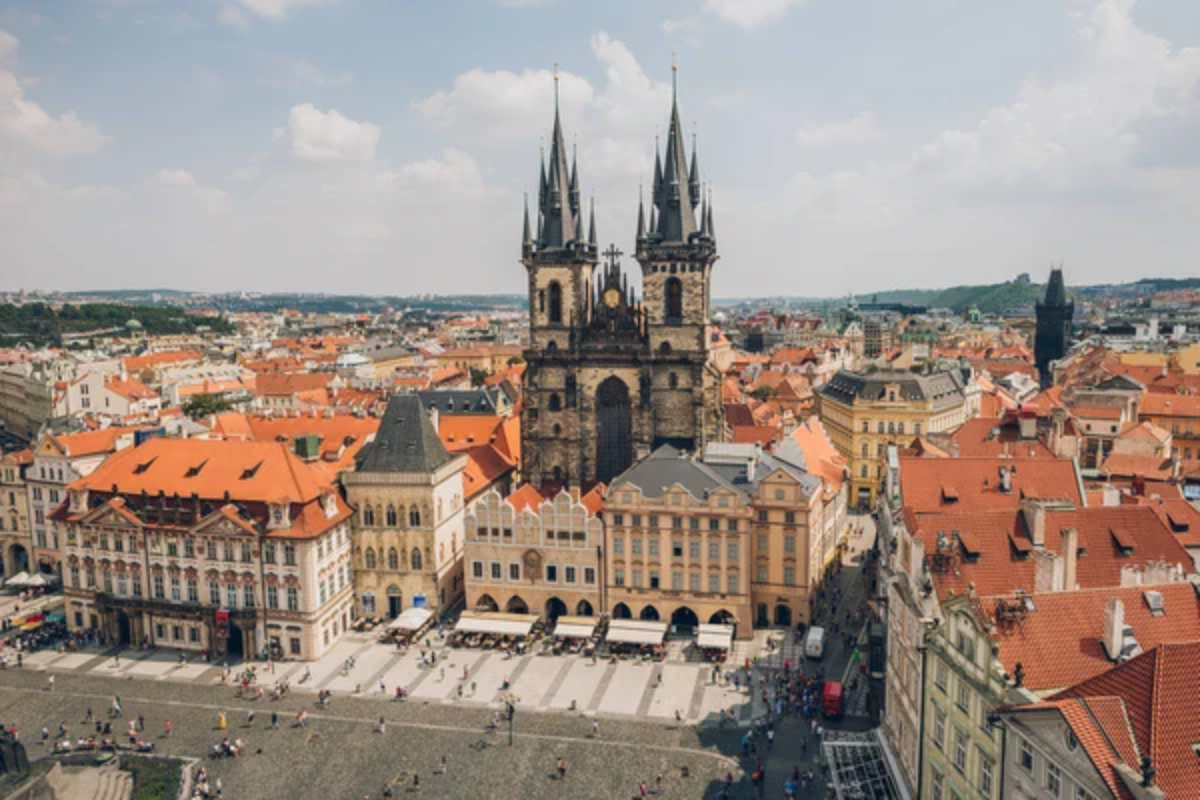
Prague’s architectural timeline remains remarkably intact, with Gothic, Renaissance, Baroque, and Art Nouveau buildings standing shoulder to shoulder. The medieval Charles Bridge connects to narrow cobblestone streets leading to the dramatic Prague Castle complex, while ornate structures like the Astronomical Clock and Municipal House showcase extraordinary craftsmanship.
The city escaped major WWII damage, preserving a thousand years of architectural evolution in one compact center.
Dubai, UAE
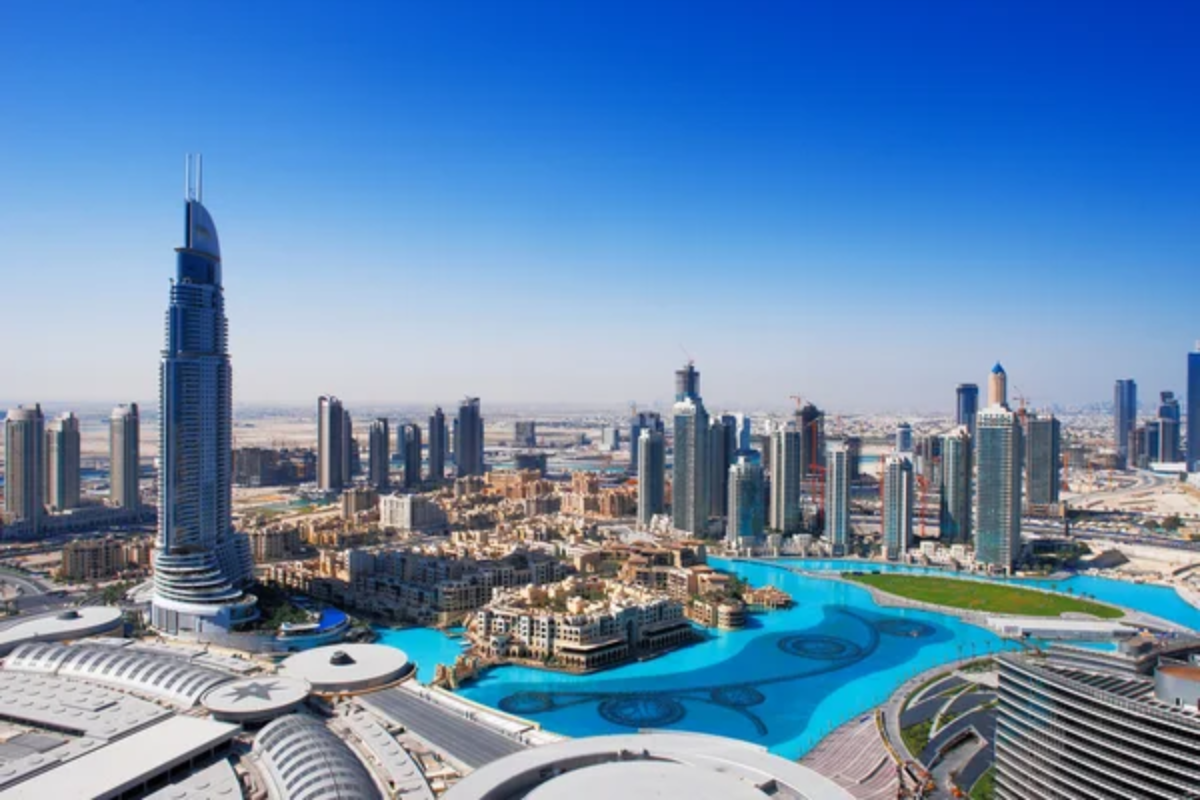
Dubai transforms architectural boundaries with structures that once seemed impossible. The 2,722-foot Burj Khalifa redefines our expectations of height, while the Palm Jumeirah created an entirely new coastline visible from space.
Buildings like the twisted Cayan Tower and the frame-shaped Dubai Frame demonstrate how thoroughly the city embraces architectural spectacle as both an identity and an economic engine.
Like Travel Pug’s content? Follow us on MSN.
Istanbul, Turkey
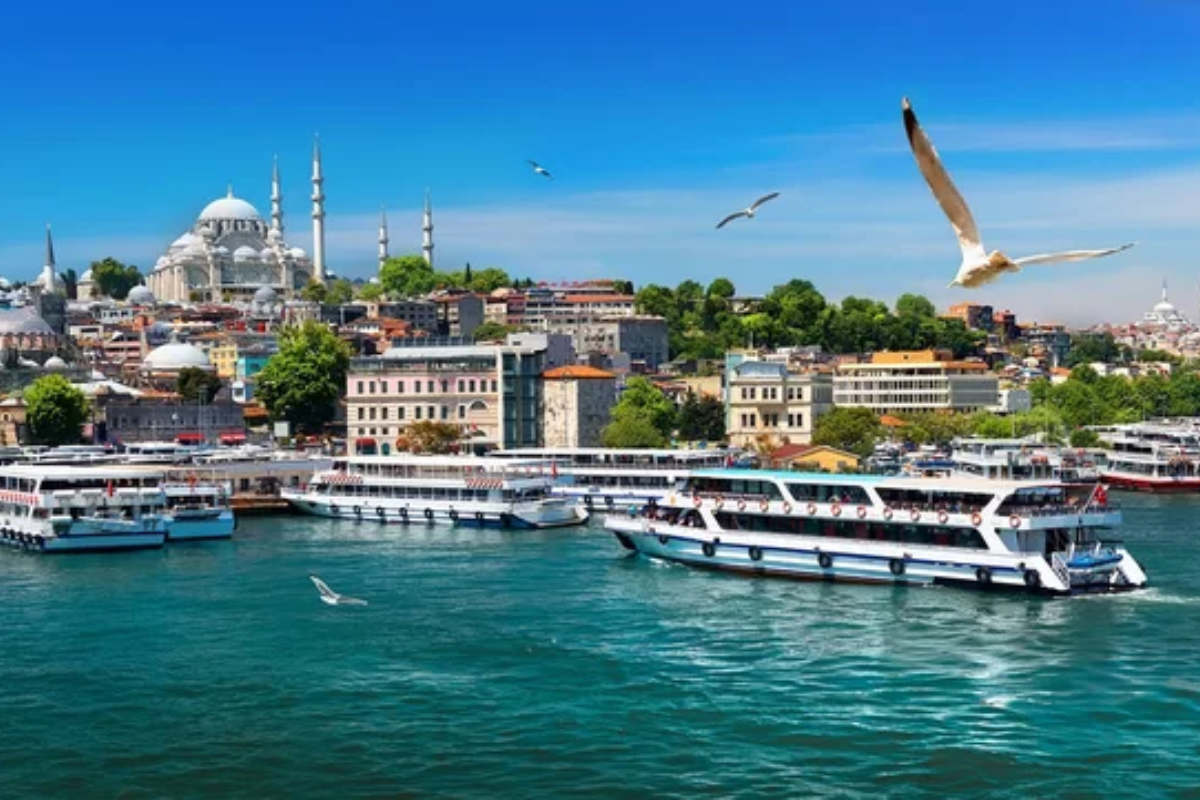
Istanbul’s skyline tells the story of multiple civilizations layered across centuries. The massive domes and slender minarets of Ottoman-era mosques like the Blue Mosque and Süleymaniye create a distinctive silhouette, while the soaring spaces of Hagia Sophia represent Byzantine brilliance.
The city straddles continents, mixing European and Asian influences into an architectural fusion unlike anywhere else.
Rome, Italy
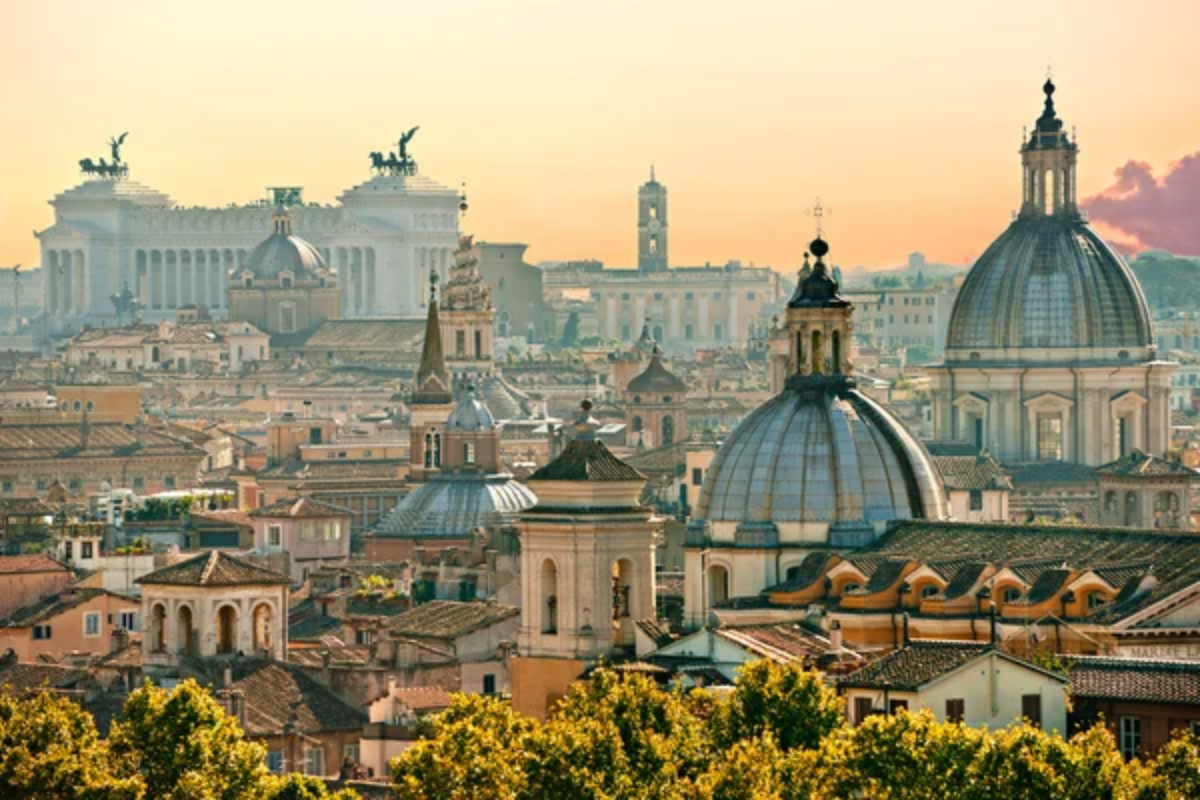
Rome presents an unmatched architectural timeline spanning two millennia of continuous development. The engineering marvels of ancient structures like the Colosseum and Pantheon still inspire wonder, while Renaissance masterpieces like St. Peter’s Basilica demonstrate the heights of artistic achievement.
The city functions as an open-air museum where each era is sometimes built with materials from its predecessors.
Helsinki, Finland
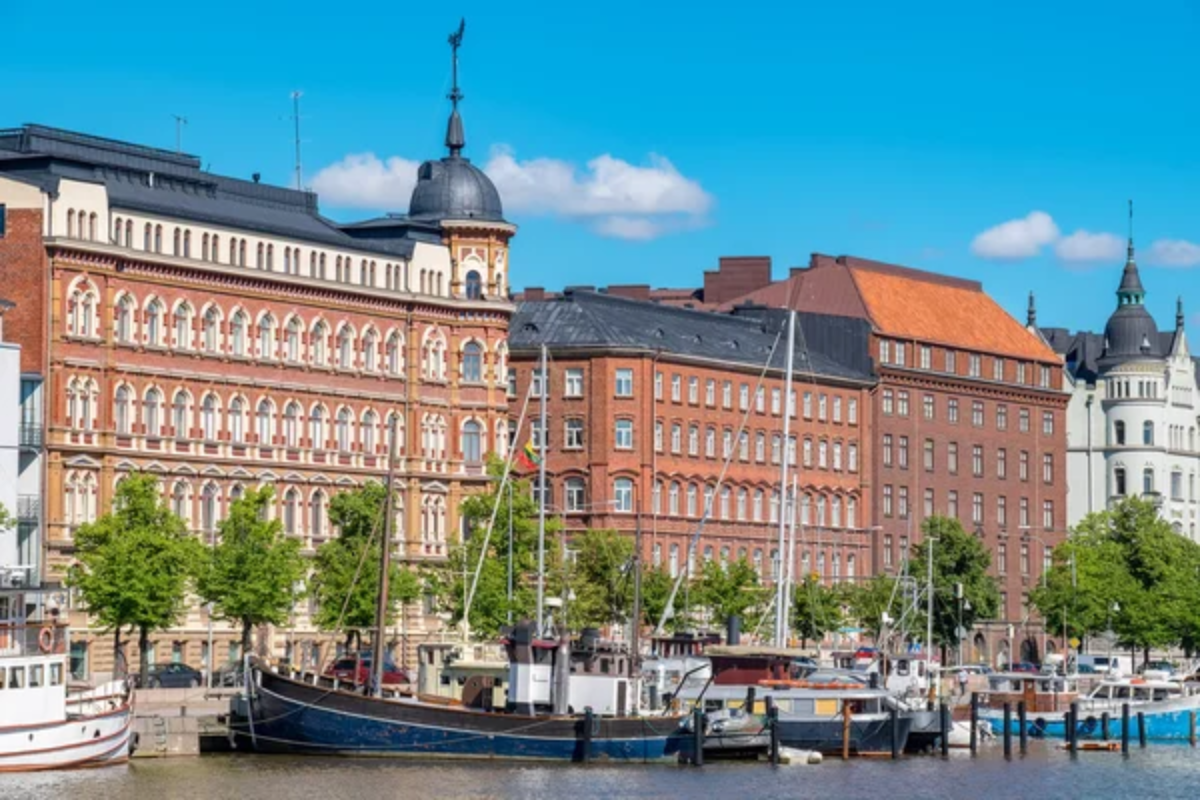
Helsinki’s architectural character reflects Finnish values of clarity, functionality, and connection to nature. Alvar Aalto’s modernist masterpieces like Finlandia Hall use natural materials and flowing forms to create contemporary and timeless spaces.
The city’s newer landmarks, including the Oodi Library and the Chapel of Silence, continue this tradition of thoughtful design that prioritizes human experience and environmental harmony.
Like Travel Pug’s content? Follow us on MSN.
Brasília, Brazil

Brasília emerged from the Brazilian countryside in the 1950s as a complete urban plan by architect Oscar Niemeyer and urbanist Lúcio Costa. The city’s modernist government buildings, with their sweeping concrete curves and dramatic proportions, create an almost surreal landscape.
The cathedral’s crown of soaring concrete columns and the distinctive National Congress buildings demonstrate how architecture can express national ambition and identity.
Valencia, Spain
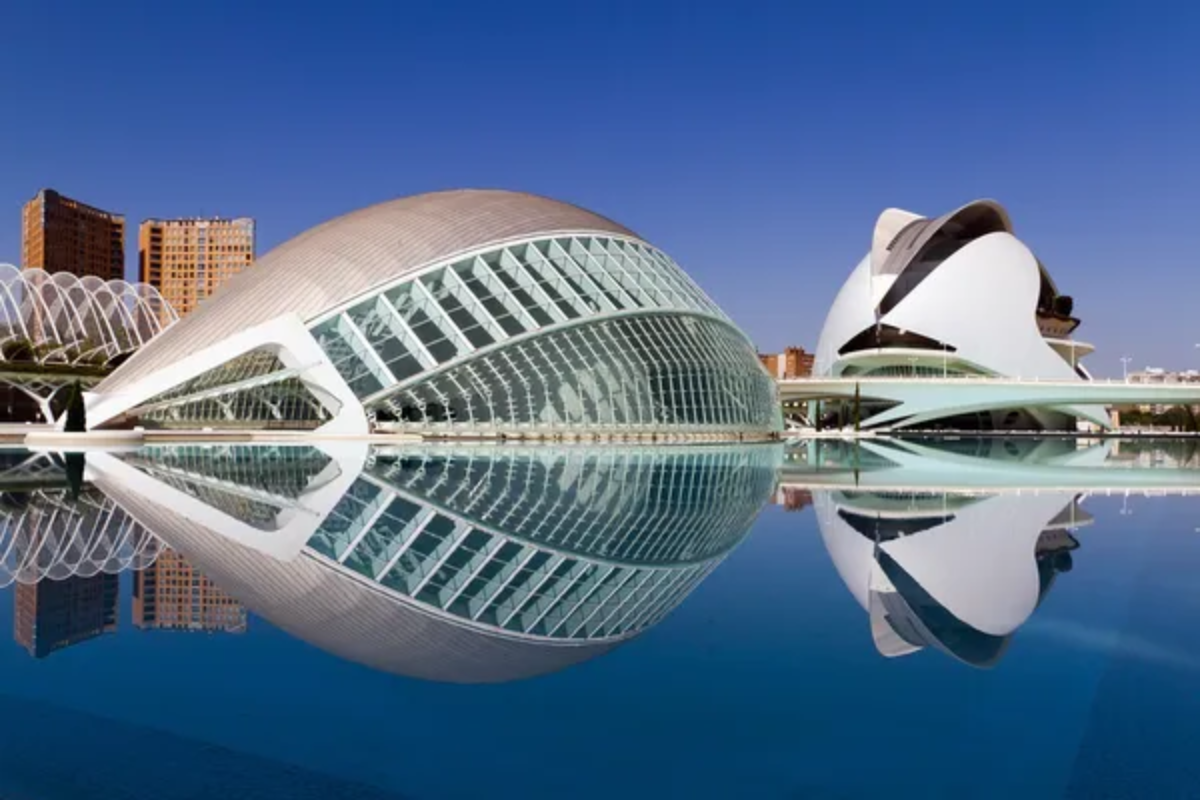
Valencia’s architectural landscape contrasts Gothic treasures with Santiago Calatrava’s futuristic City of Arts and Sciences complex. The gleaming white structures resemble massive skeletons or spacecraft alongside reflecting pools, creating an otherworldly environment dedicated to knowledge and culture.
The city’s historic Silk Exchange and modernist Central Market building showcase how Valencia has cultivated architectural excellence across many centuries.
Singapore
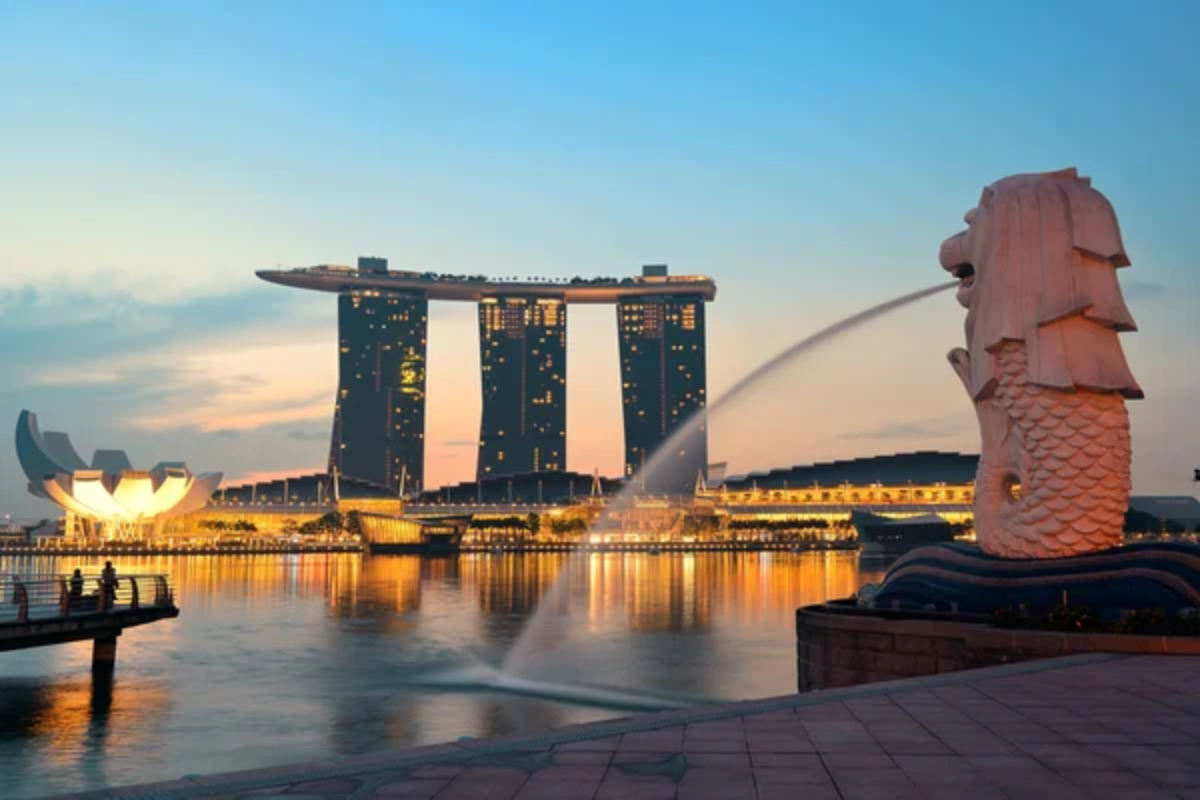
Singapore transforms limitations into opportunities through innovative architecture that integrates greenery, technology, and thoughtful urban planning. In just a decade, the Gardens by the Bay supertrees and the triple-towered Marina Bay Sands have created a globally recognizable skyline.
The city’s commitment to biophilic design—incorporating abundant plant life into buildings like the PARKROYAL Collection Pickering—establishes a new model for tropical urban development.
Like Travel Pug’s content? Follow us on MSN.
St. Petersburg, Russia
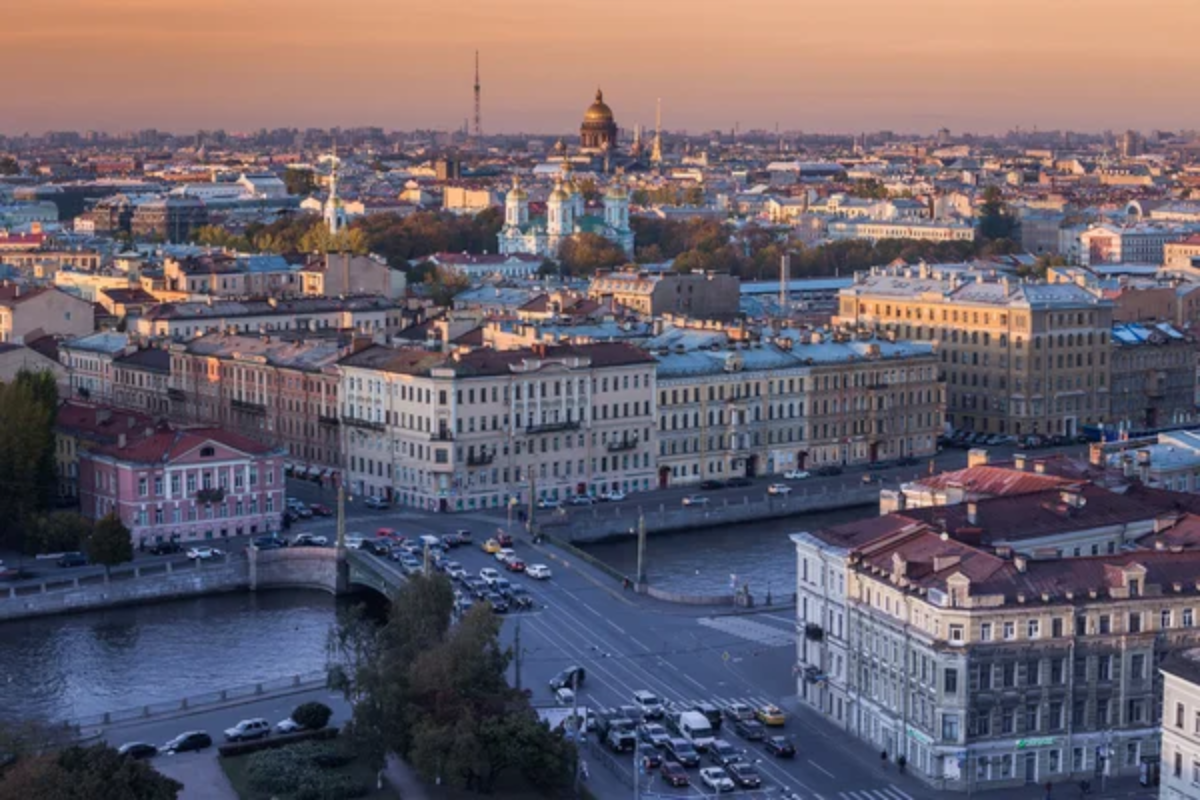
St. Petersburg displays a remarkably cohesive 18th and 19th-century cityscape of pastel-colored neoclassical buildings along its canals and wide boulevards. The Winter Palace and the gold-domed St. Isaac’s Cathedral exemplify Russian imperial grandeur.
At the same time, the Church of the Savior on Spilled Blood adds fairy-tale flourishes with its ornate onion domes and mosaics. The city’s architectural harmony creates an immersive experience that transports visitors to another era.
Mexico City, Mexico
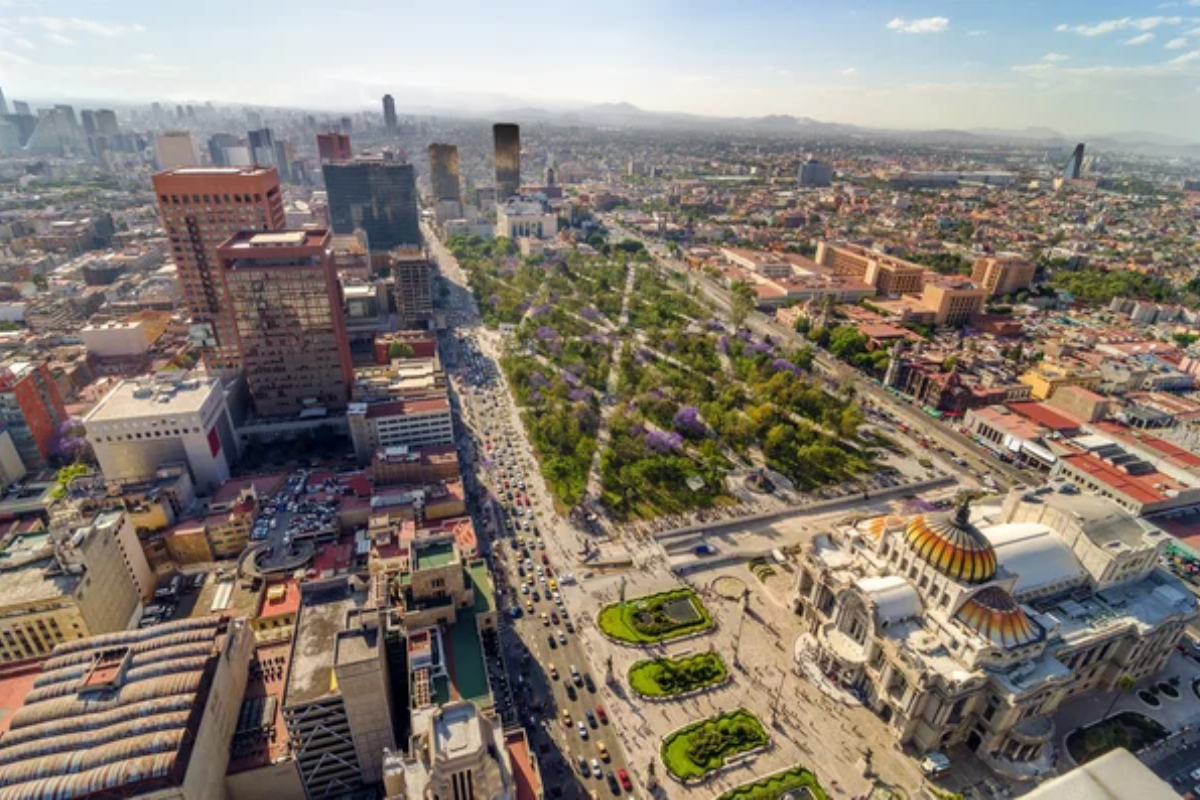
Mexico City blends pre-Columbian, colonial, and modernist influences into a vibrant architectural tapestry. The bold geometry and vivid colors of Luis Barragán’s residential works contrast with the monumental scale of ancient Teotihuacan just outside the city.
UNAM’s Central Library building, with its entirely mural-covered facade, and the soaring Palacio de Bellas Artes demonstrate Mexico’s talent for infusing architecture with powerful cultural expression.
Budapest, Hungary
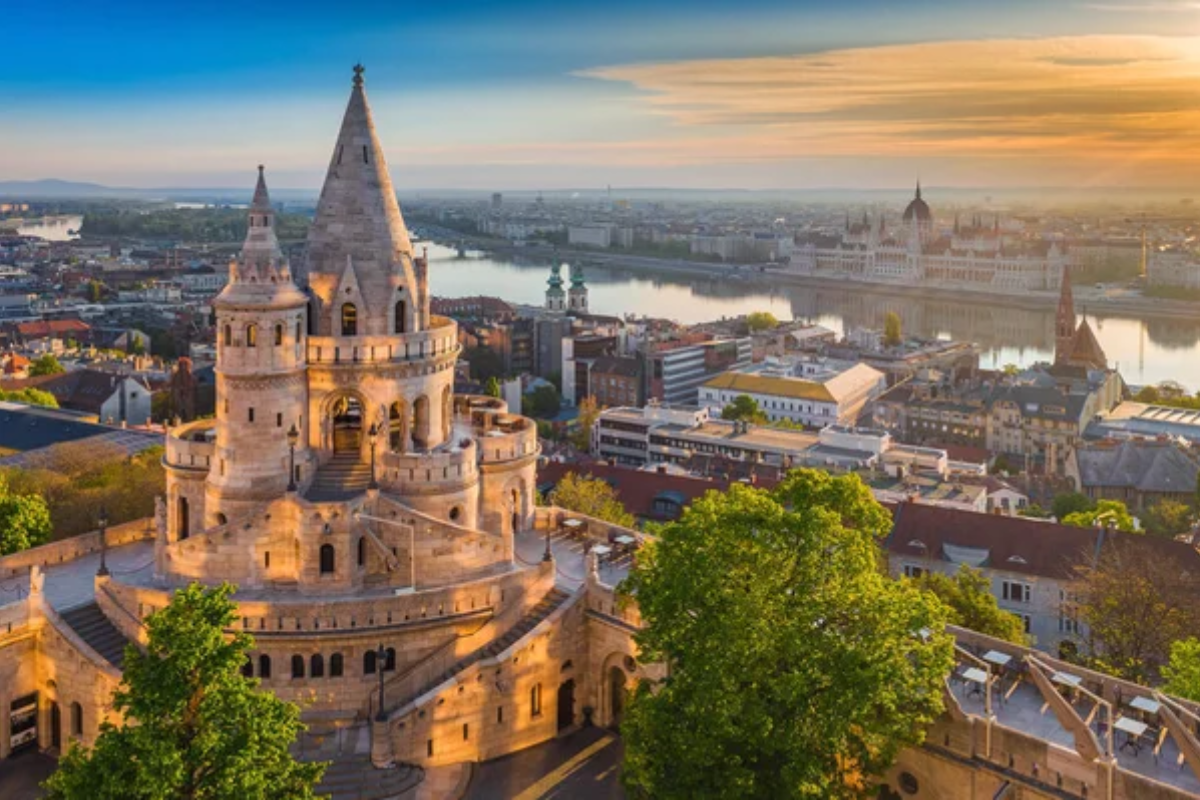
Budapest’s architectural grandeur spans from neo-Gothic extravagance to Art Nouveau innovation with extraordinary consistency. The Hungarian Parliament Building, with its massive dome and Gothic spires, creates a fairytale silhouette along the Danube, while buildings like the Liszt Academy showcase the city’s exceptional Art Nouveau craftsmanship.
Thermal bath complexes like Gellért and Széchenyi combine architectural splendor with everyday utility in a uniquely Hungarian tradition.
Like Travel Pug’s content? Follow us on MSN.
Marrakech, Morocco
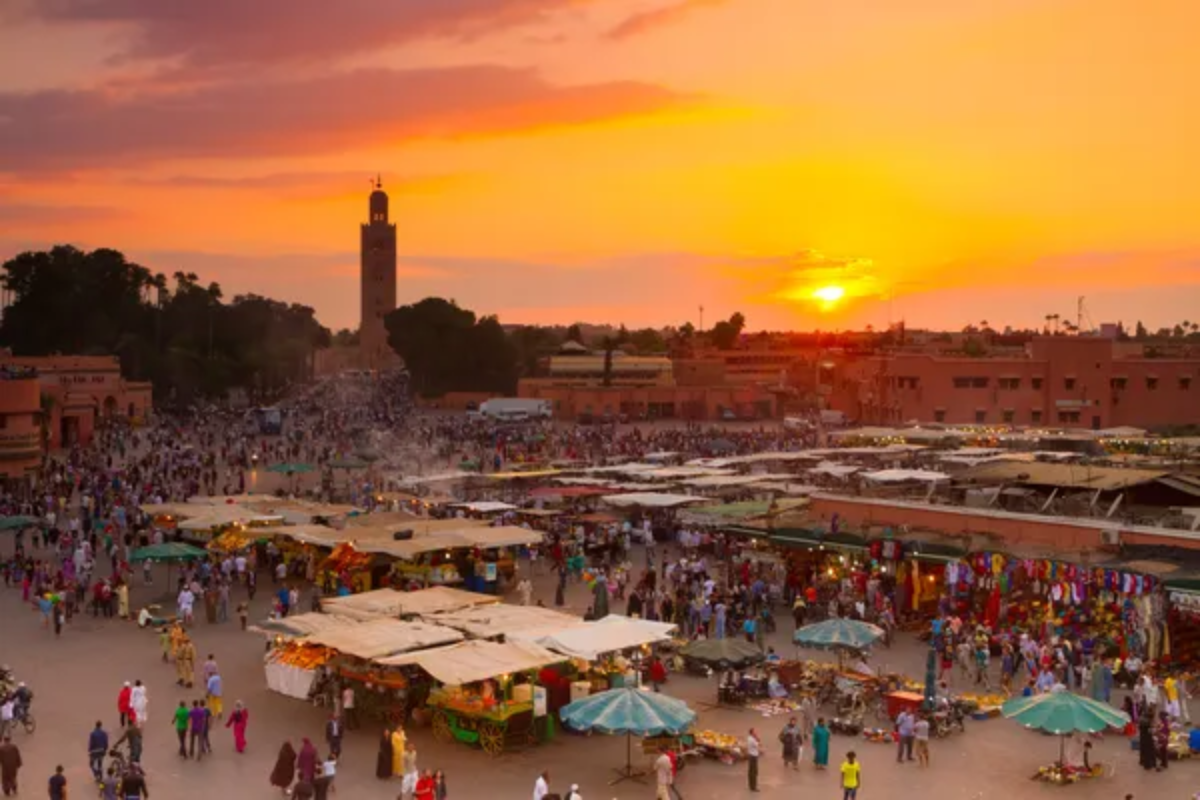
Marrakesh’s architecture employs intricate geometric patterns, colorful tilework, and clever natural cooling systems that have influenced designers worldwide. The city’s medina contains countless riads—traditional houses with interior courtyards that create private paradise gardens.
The Majorelle Garden complex, with its vibrant cobalt blue structures, demonstrates how architecture, landscape, and color combine to create spaces of extraordinary serenity and beauty.
Vienna, Austria

Vienna’s architectural personality shifts dramatically between its imperial Habsburg-era buildings and early modernist innovations. The ornate Opera House and Schönbrunn Palace exemplify Baroque and neoclassical grandeur.
At the same time, the Secession Building and Otto Wagner’s Post Office Savings Bank pioneered a new aesthetic that influenced 20th-century architecture globally. The city continues this tradition with contemporary structures like Zaha Hadid’s fluid-formed Library and Learning Center.
Chandigarh, India

Chandigarh is modernist master Le Corbusier’s most complete urban vision. It was designed as India’s first planned city after independence. The Capitol Complex contains monumental concrete government buildings that play with light, shadow, and symbolic forms to create spaces of profound impact.
The city’s careful organization into sectors, each with its amenities, and its system of green spaces demonstrate architecture’s potential to shape community life and civic identity.
Like Travel Pug’s content? Follow us on MSN.
Santorini, Greece

Santorini’s architecture creates one of the world’s most recognizable landscapes through a simple vernacular style. The white-washed cubic buildings with blue domes cascade down volcanic cliffs, creating a striking contrast with the deep blue Aegean Sea below.
This traditional building approach developed in response to practical concerns—limited materials, strong winds, and earthquake risks—yet it creates a visual harmony that attracts visitors from across the globe.
Amsterdam, Netherlands
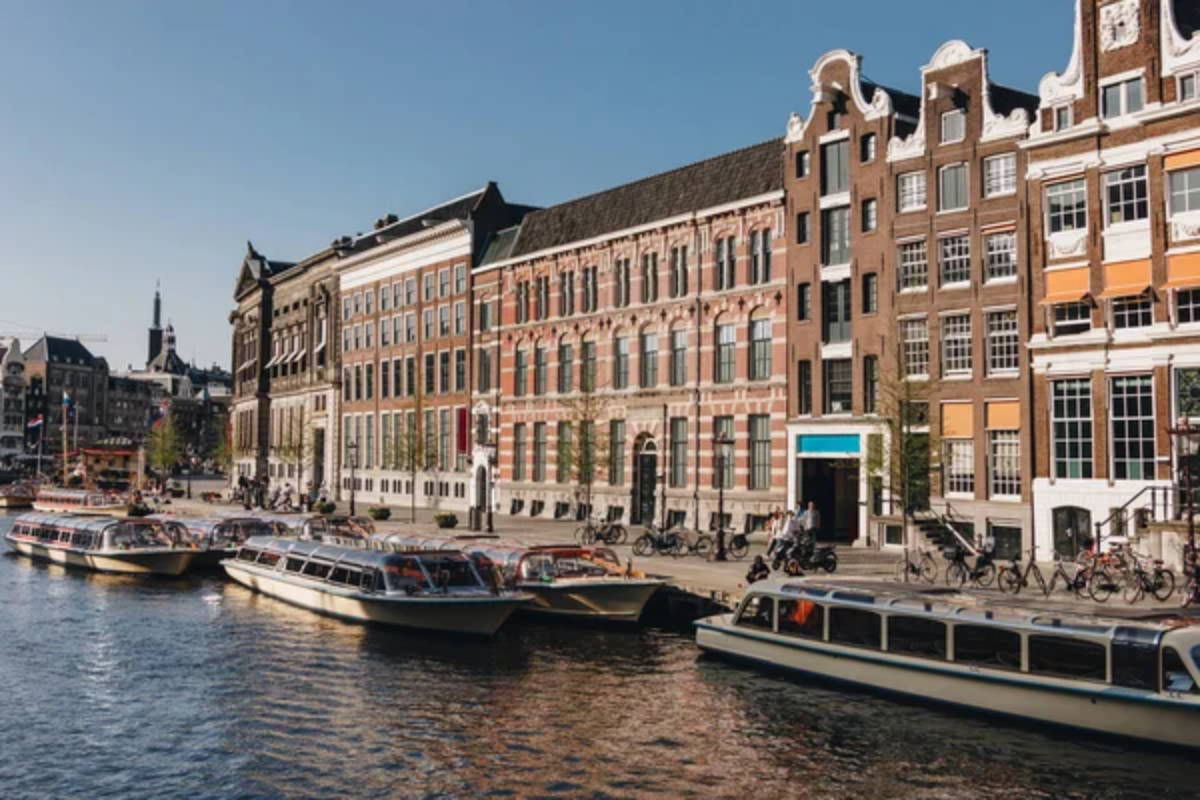
Amsterdam’s narrow canal houses, with their distinctive gabled facades and practical hoisting beams for moving goods upstairs, tell the story of Dutch mercantile history. The city has seamlessly integrated contemporary architecture, with projects like the NEMO Science Museum and the Eye Film Museum providing bold counterpoints to historic structures.
The recently completed Valley complex, with its irregular terraces filled with greenery, demonstrates how Amsterdam continues to evolve architecturally while maintaining its unique character.
Bilbao, Spain

Bilbao transformed itself from an industrial center to a cultural destination largely through the power of architecture. Frank Gehry’s titanium-clad Guggenheim Museum with its undulating metallic forms created the ‘Bilbao Effect’—the phenomenon of revitalizing cities through iconic architecture.
The city has built upon this success with Santiago Calatrava’s Zubizuri Bridge and César Pelli’s Iberdrola Tower, creating a whole urban landscape that demonstrates architecture’s potential to reshape a city’s economy and identity.
Like Travel Pug’s content? Follow us on MSN.
Architectural Journeys That Transform
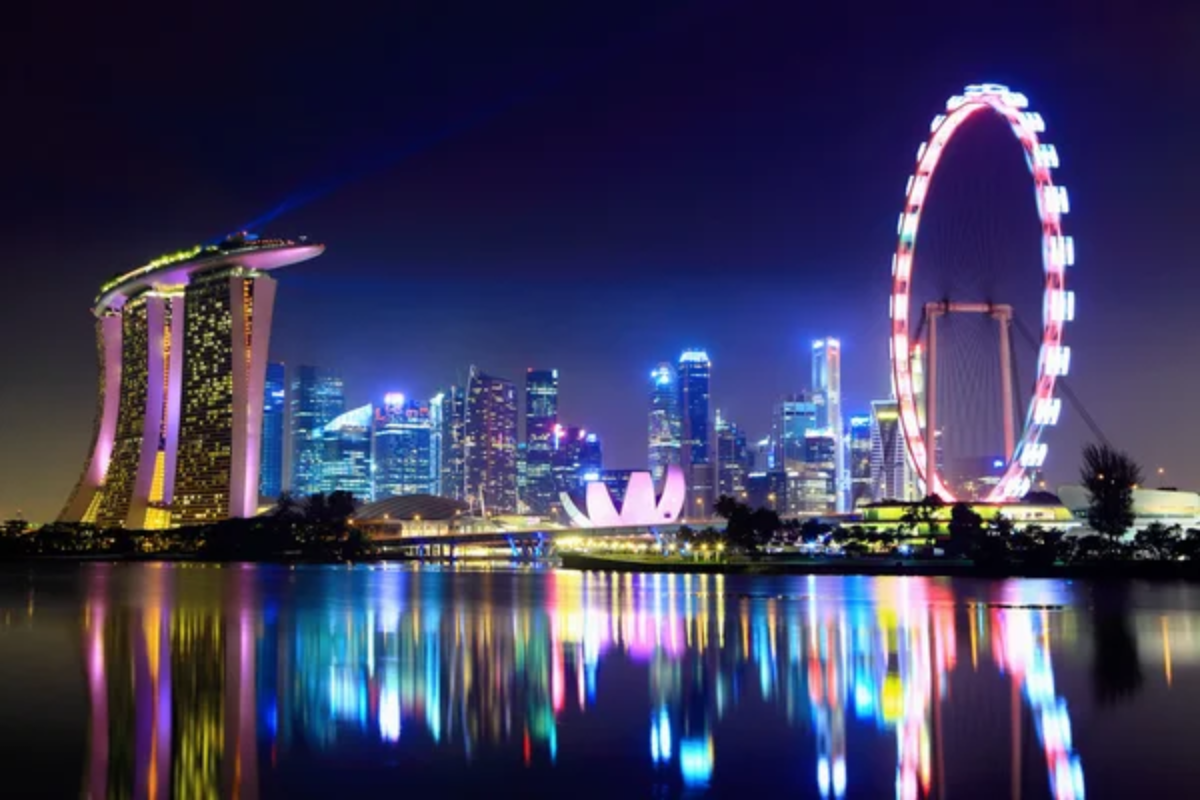
These cities remind us that buildings are more than utilitarian structures—they’re cultural expressions that shape our experiences and memories of places. The most compelling architectural destinations offer beautiful facades and environments that tell stories about history, culture, and human creativity.
As our world becomes increasingly virtual, the physical impact of extraordinary architecture provides an irreplaceable way to connect with places and each other.
More from Travel Pug

- Cities Growing so Fast You Won’t Recognize Them in 10 Years
- 13 Destinations Where Tourists Regularly Regret Their Trip
- 20 Obscure WWII Sites Even History Buffs Don’t Know About
- 10 Under-the-Radar Mountain Towns That Are Both Affordable and Beautiful
- Remote Villages in Europe Where You Can Live for Free in Exchange for Work
Like Travel Pug’s content? Follow us on MSN.
